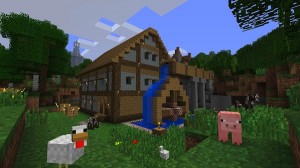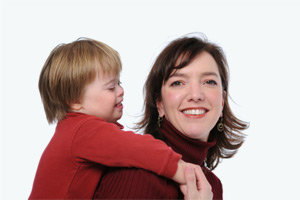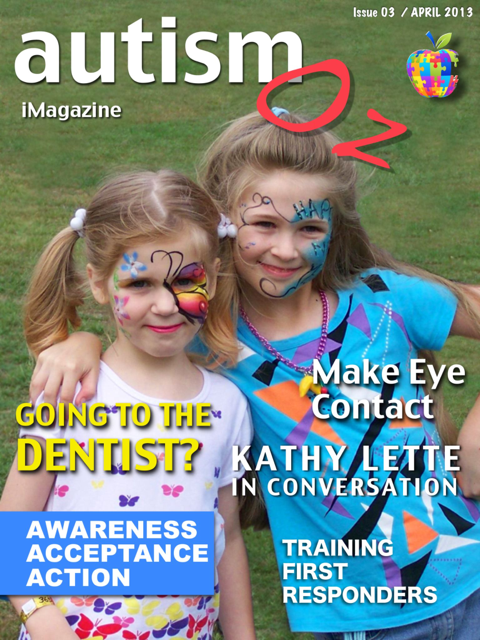In the video game world, I never really graduated past the Atari 2600 that debuted in 1977 and a few of the high-tech games that came with it: Combat, Pac-Man, Space Invaders, Adventure, Kaboom… you get the picture.
My kids, however, are huge gamers. From role-playing games that take months to complete to single-person shooter games, I’ve become well-versed in them all. I don’t play them, but I ask a lot of questions and study the terminology and story lines until I understand and can relate to the world my kids live in much of the time.
Video games really get a bad rap. They’re seen as mind-numbing screen time that fries brain cells, with a side order of violent behavior. I disagree. That’s like saying heavy metal causes suicide. Remember that one?
My kids played their first computer games as toddlers; Dr. Seuss taught them matching, spelling, music, coordination, maze navigation, and more. This did not replace reading! It was an additional tool to enhance their learning experience.
Today my kids are part of vast online video game communities, where they have made real-life friends in other cities AND countries!
My son began playing Minecraft on his computer almost a year ago. In this game you can create worlds from scratch, build your own towns, tools, weapons and avatars. You can play alone or on servers where you plan communities with other people playing the game.
Is it frying his brain, or teaching him valuable life skills? Read on to see what he is learning and let me know what you think.
Math, Resources and Engineering
When you set out to build a structure you have to punch trees to gather the amount of wood needed to build what you have in mind. Then you have to find it in your inventory and turn it into wooden planks or blocks, which are now available to use for building and crafting things.
In order to build a structure that is functional, you must develop math and spacial reasoning skills, figuring out in your head how many blocks will be necessary for a foundation. You can team up with others and create entire cities from your imagination, complete with fountains, statues, stores and residential homes. All without any formal engineering classes.
Science
There are multiple biomes in Minecraft – different types of environments with similar climactic conditions to the ones on Earth. My son plays in the Taiga Biome (a snow biome), the Plains, Jungles, Forest, Extreme Hills, Ocean Biomes, and more.
Here he learns about 61 different biomes with varying geographical features, flora, heights, temperatures, humidity ratings, and sky and foliage colors. Introduced in the Halloween Update, biomes separate every generated world into different environments, paralleling the real world.
He also learns about diamonds, obsidian, gold, iron, and other gemstones, as well as the layers of the earth. He talks about which things can be mined, smelted or avoided, like bedrock and lava.
Problem Solving
When you begin the game (called “spawning”) you are in the middle of the nothing, with only trees, caves and a few roaming animals. Starting at sundown you will start seeing all sorts of monsters that will attack you, like Creepers, zombies, skeletons, spiders, and wolves. You have to learn very quickly with no instructions that you must survive the night. You have to cut down trees and build some type of shelter, as well as watch your hunger bar. If you don’t find food you will die.
You are not just “reacting” in a game like this; you must come up with a strategy in minutes that includes hunting for food, building shelter, mining coal for your torch and making tools – all from the natural resources available in the game.
Beyond a strategy for surviving the night, you then have to build a world that is sustainable. You can plant gardens, set up farms, build crafting tables, weapons, and tools for both mining and protection against the nighttime monsters. If you die you can lose everything that you’ve accumulated throughout the game – all your resources, tools and hard work!
Research
My son never asks me how to do anything in his game, or when writing a custom script or installing a mod or texture pack (say what?). He has a task or idea and immediately refers to online Wikis, YouTube and forums for tutorials. He learns about the more complex functions like building irrigation systems or functioning items for his house like a fireplace.
Spelling, Grammar and Communication
As I mentioned earlier, my son has met children all over the world via Minecraft servers. He set up his own Skype account and has a network of players at any given time. He speaks, types and builds simultaneously with these friends.
He informed me earlier that when he meets “noobs” he thinks it’s funny that they can’t spell anything. I got a kick out of that – it seems that the longer you play this game the better your spelling and grammar become!
Teamwork
When Skyping with others and playing Minecraft, they are learning to work together to gather food for the community, build stores to sell armor, weapons and food, and engineer new cities. My son learns how each of these friends communicates best, and he also learns how to settle disputes, compromise, and respect the wishes of others when it comes to how things function in their game world.
I know it seems like kids are “wasting time” on video games. But I have seen my son apply so many of these skills to real life problems or situations and I have been blown away! I don’t think it’s changed him, I think it enhances and sharpens the way his brain already works to bring out his natural strengths. All in a way that he understands and relates to.
If your child plays Minecraft, I encourage you to ask questions, listen to what he or she does and how they’ve figured out how to do it. You will be amazed at the creativity, imagination, problem solving, and overall life skills being grown and flexed through what seems to be a simple game (with really bad graphics).
To see how educators across America are using Minecraft in the classroom, visit MinecraftAfterCamp.com!
Does your child play Minecraft or a similar game? What have they learned from it? What have YOU learned from it? Share by commenting below!














